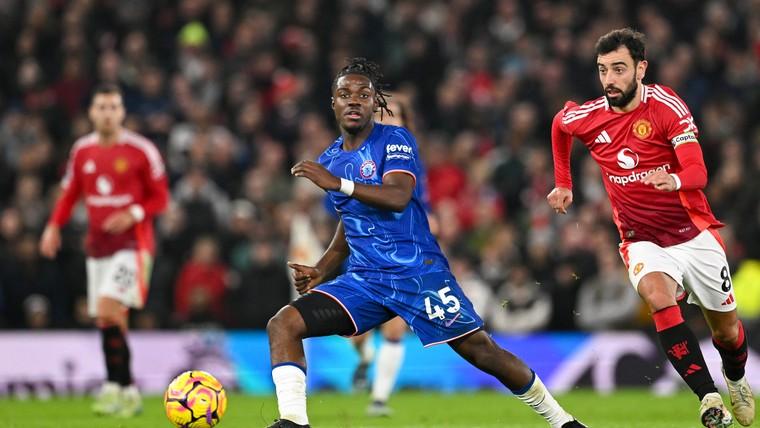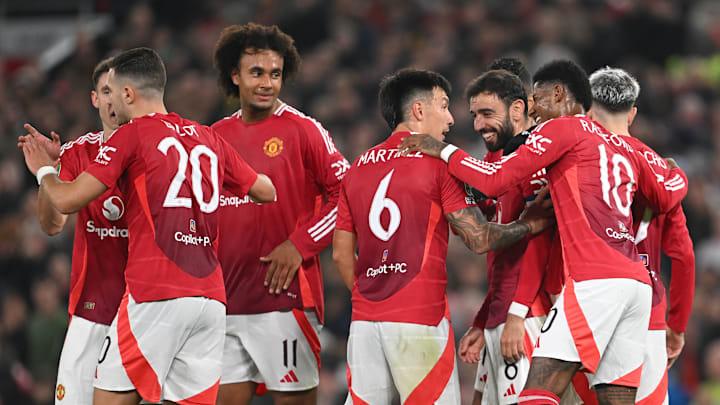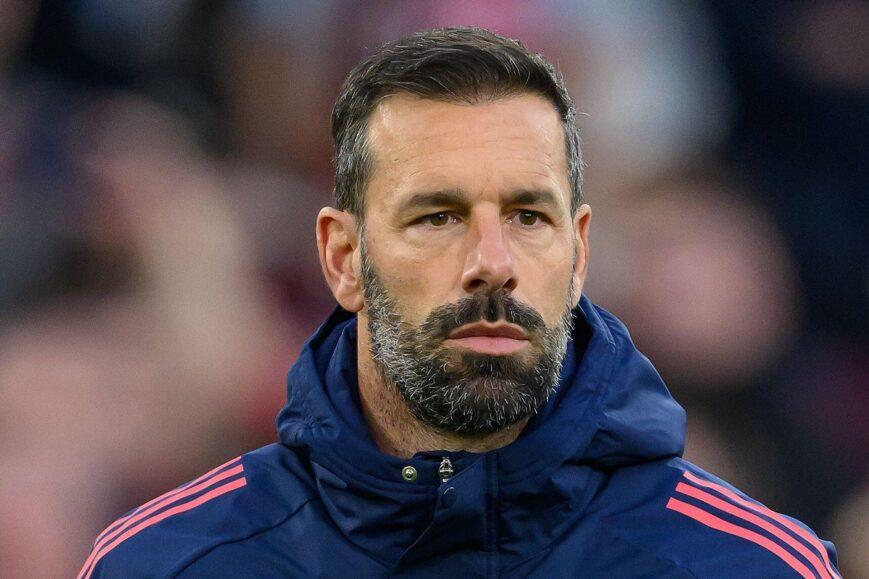Troubling Patterns Emerge: Tactical Missteps and Defensive Frailties Continue
It has become painfully evident that Manchester United’s issues run deeper than just individual performances. Mistimed presses and poor defensive positioning remain visible problems, leading to a remarkable vulnerability, particularly in transition phases. This was starkly demonstrated yet again during their latest draw, with sloppy decisions and players caught out of position. Erik ten Hag’s push for high-risk, high-reward football is falling flat, leaving gaps that opposition sides are exploiting all too effectively.
- Repeated breakdowns in communication at the back have led to a worrying number of clear-cut chances for opponents.
- Misjudged defensive lines often leave opposition forwards free to exploit spaces, stretching the back four.
- Unconvincing clearances continue to invite unnecessary pressure, further compounding the team’s defensive woes.
From the failure to track runners to being repeatedly opened up in the wide areas, United’s fragility when defending counter-attacks has been laid bare. While improvements in pressing higher up the pitch might control possession, the lack of urgency in defensive recovery remains a glaring issue. If these tactical shortcomings remain unaddressed, future contests could spiral into even more disappointing results.

Injury Woes or Deeper Squad Problems? Examining the Lack of Cohesion
United’s frailties are often attributed to their staggering injury list, which has sidelined key players like Luke Shaw, Raphaël Varane, and Casemiro. However, the lack of cohesion on the field raises bigger questions about the depth and structure of the squad. Injuries, while significant, cannot solely account for the disjointed performances that have characterized their season so far. With star-studded individuals failing to click as a unit, it’s becoming harder to avoid looking deeper into potential systemic issues within the team’s setup. Players returning from injury have not provided an answer to this troubling inconsistency either, leading to doubts about whether this is truly a matter of personnel or one of tactical inefficacy and poor preparation.
The issues seem to extend beyond injuries, touching on recruitment strategies and tactical alignments. Fans and pundits alike are starting to voice concerns over the lack of role clarity and positional depth. Consider the following recurring issues:
- Midfield disconnect: Transitions from defense to attack frequently break down or lack fluidity.
- Defensive gaps: Numerous lapses common even when first-choice players are fit have led to costly goals.
- No clear striker identity: Despite having multiple forward options, the attack remains directionless and slow.
These problems, when combined, paint a bleaker picture of the club’s struggles, one that injuries alone may not be able to explain away.

The Impact of Managerial Decisions: Has Ten Hag Lost Control of the Locker Room?
Erik ten Hag’s tenure at Manchester United is under intense scrutiny following a series of puzzling choices, both on and off the pitch, that have seemingly eroded trust within the squad. What once felt like a revival under the Dutchman’s guidance now appears to be unraveling, as some players reportedly question their roles, and fan opinion inches toward mutiny. Persistent benching of key players like Jadon Sancho and Harry Maguire, along with public comments over their form or commitment, only serves to further fan the flames of discontent. Tensions fester when there’s an apparent disconnect between manager and players, raising the question: is Ten Hag taking his squad with him or alienating them?
The locker room instability is evident not just through off-field rumors but also reflected in the performances on the field. United’s recent lackluster display culminated in a disappointing stalemate, pushing the team to its worst league start in four decades. Cracks in unity were visible through a lack of cohesion, with individuals seemingly unsure of their roles. Fans and analysts point to potential culprits:
- Poor rotation of key players
- Inconsistent tactical setups
- Injuries to critical contributors like Raphaël Varane and Luke Shaw
- Mounting pressure from external noise

Revamping the Strategy: Key Changes to Salvage Manchester Uniteds Season
To arrest their spiraling form, Manchester United will need to embrace an immediate rethink of their playing style and squad utilization. Rotation of key players will be critical, especially with several regular starters displaying fatigue or poor form. Erik ten Hag must lean on youth prospects like Alejandro Garnacho and Hannibal Mejbri, who have shown promise but have been sporadically used. Giving these emerging talents more minutes will not only inject fresh energy into the team’s setup but also send a signal that complacency is no longer acceptable.
Furthermore, defensive frailties must be addressed urgently. United have conceded a worrying number of goals from set-pieces, an issue that needs dedicated training and possibly a re-evaluation of the team’s backline. Replacing out-of-form individuals with squad members known for consistency might be necessary, even if it means benching senior players. Additionally, adopting a more press-centered style could help alleviate the pressure on their defense, as winning back possession early may prevent opponents from exposing United’s porous backline.
As Manchester United grapples with its worst league start in four decades, the pressure continues to mount on both the team and manager. While the stalemate may not have deepened the crisis, it certainly failed to provide the much-needed boost to their floundering campaign. With fans growing increasingly frustrated and their position in the league table far from reassuring, the Red Devils face an uphill battle to rediscover their form. The next few weeks will be pivotal for the club, with every match becoming a crucial test in their bid to turn the tide. For now, uncertainty looms large at Old Trafford.